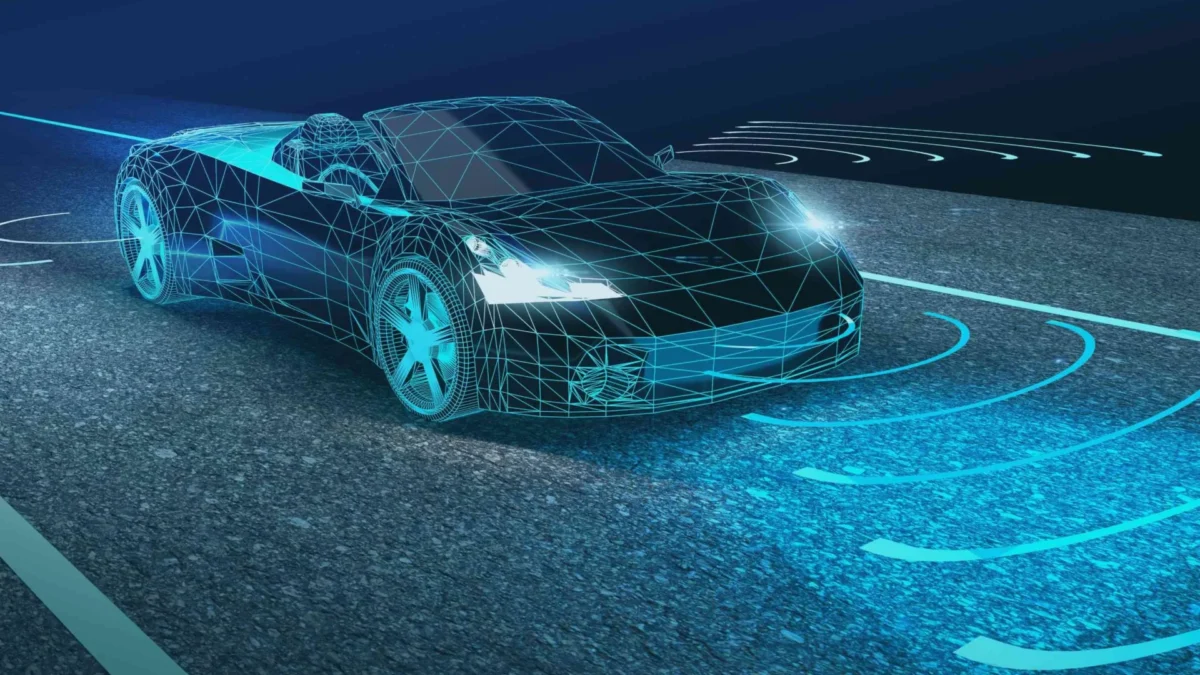Autonomous vehicles are on the brink of revolutionizing transport. Their impact promises enhanced efficiency and safety on our roads.
The future of autonomous vehicles is a hot topic in both technology and transportation sectors, with predictions of their widespread adoption creating ripples of excitement and concern. As these self-driving cars evolve, they carry the potential to fundamentally change our daily commutes, long-distance travel, and goods transportation.
The integration of advanced sensors, artificial intelligence, and machine learning enables these vehicles to navigate complex environments without human intervention. This technological leap could lead to significant reductions in traffic accidents, increased mobility for the disabled and elderly, and a substantial shift in urban planning and infrastructure. With every major car manufacturer investing heavily in this field, the race towards a driverless future is accelerating at an unprecedented pace, setting the stage for a transformation in how we perceive and utilize transportation.
The Dawn Of Driverless Cars
Autonomous vehicles, often called driverless cars, are no longer just a dream.
Early concepts showed cars that drive themselves. This idea has grown over time.
Many smart people and companies have worked to make these cars real.
Important steps in technology have helped a lot.
For example, sensors and AI help cars see the road and make choices.
Cars can now understand traffic signs and know when to stop.
This progress makes roads safer for everyone.
Each year, new advances bring us closer to having these cars everywhere.
Current State Of Autonomous Vehicles
The autonomous vehicle industry is rapidly evolving. Major players like Waymo, Tesla, and Cruise lead the field. These companies are pushing boundaries with innovative technology. High-precision LIDAR, radar, and cameras are crucial. These sensors allow cars to navigate safely. Progress in machine learning improves decision-making. Cars can now understand complex environments. This technology paves the way for safer roads. Soon, driverless cars could become everyday reality.
Legislation And Public Policy
The autonomous vehicle industry faces significant regulatory challenges. Laws vary widely across different countries, making a global legal landscape complex. Governments must balance innovation with safety concerns. They strive to create policies that protect public welfare while fostering technological advancements. This involves updating traffic regulations and insurance laws to accommodate self-driving cars.
Emerging legislation aims to ensure these vehicles can operate safely and efficiently. International cooperation is crucial for consistent standards. Such collaboration would ease the introduction of autonomous vehicles worldwide. Public trust is also a key factor. Clear and thoughtful legislation can help build confidence in this new form of transportation.
Safety And Security Concerns
Risk assessment and management are crucial in the development of autonomous vehicles. Teams work hard to spot any dangers these cars might face. They plan ways to keep these dangers as low as possible. This means safer roads for everyone.
Cybersecurity measures protect cars from hackers. Experts build strong walls around the car’s computer brain. This stops bad people from taking control. Every car has unique keys, making it super hard for hackers to get in. Safety is always the top priority.
Economic And Environmental Impact
The autonomous vehicle market is set to expand significantly. This growth forecasts a shift in employment patterns, with some jobs becoming obsolete while new categories emerge. Traditional driving roles may decrease, leading to job disruption in the transportation sector.
Simultaneously, self-driving cars promise a greener future. They are designed to optimize driving efficiency, which can lead to a substantial reduction in emissions. Energy efficiency is another benefit, as these vehicles aim to use fuel more effectively. This could result in a cleaner environment and more sustainable energy consumption.
Societal Implications
The integration of autonomous vehicles will significantly reshape urban landscapes. Cities may need fewer parking spaces, allowing for more green spaces and pedestrian areas. Traditional road designs will evolve, with special lanes for driverless cars becoming a possibility.
Ownership patterns may shift, as people opt for vehicle-sharing services over personal cars. This can lead to a more streamlined lifestyle, with less time spent on driving and car maintenance. The change might also spur a new wave of mobility services, catering to different needs and preferences.
| Aspect | Impact |
| Urban Space | More parks, fewer parking lots |
| Road Design | Lanes for autonomous vehicles |
| Car Ownership | Shift to sharing services |
| Lifestyle | Less driving, more leisure time |
The Role Of Ai And Machine Learning
Autonomous vehicles use AI and machine learning to drive safely. These algorithms help cars learn from their environment. This process is called continuous learning. As cars drive more, they get better at making decisions.
Imagine a car that learns like a human. At first, it makes mistakes. But over time, it becomes a smart driver. This is because of machine learning. It allows the car to adapt to new situations. This means safer roads for everyone.
Looking Ahead: What’s Next For Autonomous Vehicles?
The world of autonomous vehicles is ever-evolving with breakthrough research and innovative technologies. Teams globally are working on advanced algorithms and safety mechanisms. These efforts aim to make self-driving cars a common sight on our roads.
Future tech includes AI improvements, better sensors, and vehicle-to-vehicle communication. This tech will help cars understand and adapt to complex environments. Experts believe that we might see full adoption in the next decade. Self-driving cars could become part of our daily lives, transforming the way we travel.
The road ahead for autonomous vehicles is both exciting and uncertain. As innovation accelerates, the promise of safer, more efficient travel is within reach. Embracing this technology could redefine transportation as we know it. Keep an eye on this transformative journey; the destination promises to be revolutionary.
Unlock Full Article
Watch a quick video to get instant access.


Social Media